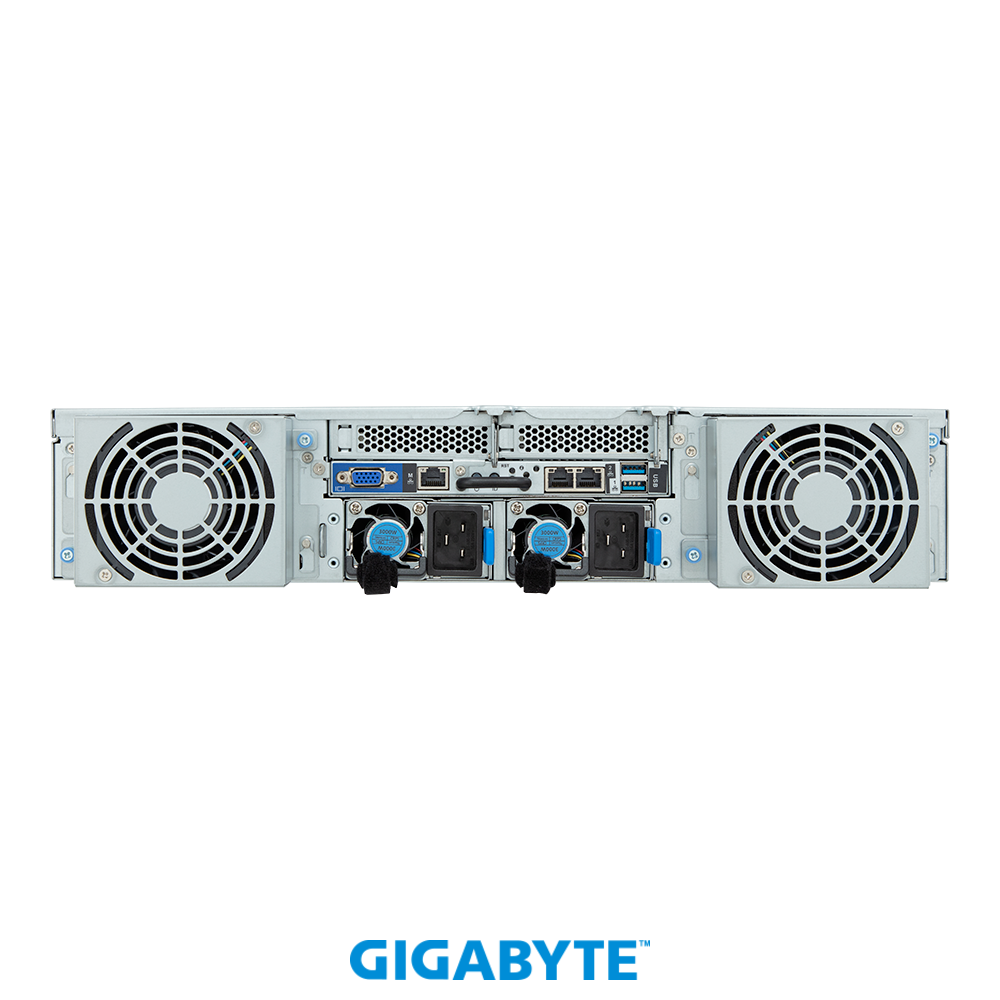
Enterprise server hardware forms the base of many business operations. To keep it running efficiently and for longer periods, a few basic steps can be followed.
The points below explain how to make better use of enterprise server hardware.
Match hardware with workload:
Begin by reviewing the types of tasks the server handles. Match processor speed, memory size, and storage type with the current workload. For file storage, data backup, or virtual machines, each task puts different pressure on hardware. Adjust configurations or install components that handle these tasks more efficiently.
Monitor performance regularly:
Track how much of the system’s memory, storage, and CPU is in use. This helps identify areas that may want upgrades or load adjustments. Monitoring tools allow users to spot trends like rising temperatures, disk usage spikes, or network delays. Regular checks support timely actions that keep performance from dropping.
Keep systems clean and ventilated:
Dust and heat may lower the lifespan of server parts. Clean the hardware area using proper tools and ensure fans and filters are not blocked. Place servers in rooms with good air circulation. Lower temperatures often allow components to work more steadily and reduce the chances of unexpected errors.
Update firmware and drivers:
Server hardware relies on firmware and drivers to operate properly. Keep these updated to prevent bugs and improve compatibility with new software. Updates may also include security patches. Before any update, check compatibility and back up important data to avoid disruption in case of errors.
Use redundancy for data safety:
Add backup drives or power units where possible. If one part fails, the server continues running on the other. This reduces downtime and keeps services available during hardware problems. Storage setups like RAID are often used for this purpose, dividing or copying data across multiple drives.
Plan for regular backups:
Frequent backups help protect data from hardware failure or accidental loss. These backups should be stored on separate storage units or remote systems. Scheduling these tasks during low-use hours avoids slowing down daily operations.
Making better use of enterprise server hardware depends on careful matching of hardware with tasks, tracking performance, and maintaining the physical setup. Updates and backups add another layer of protection and stability. These simple steps allow the system to stay active and responsive over longer periods.